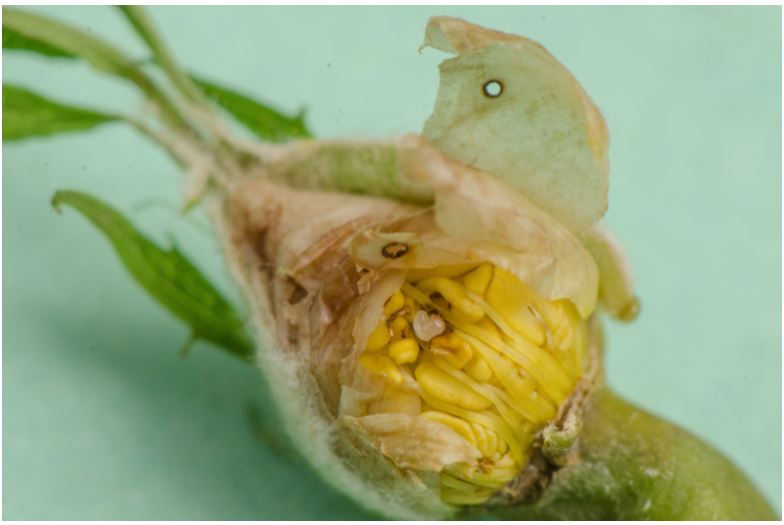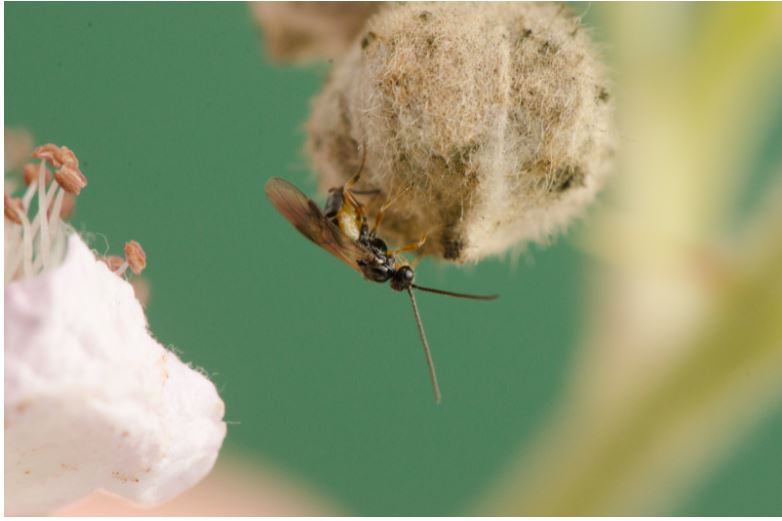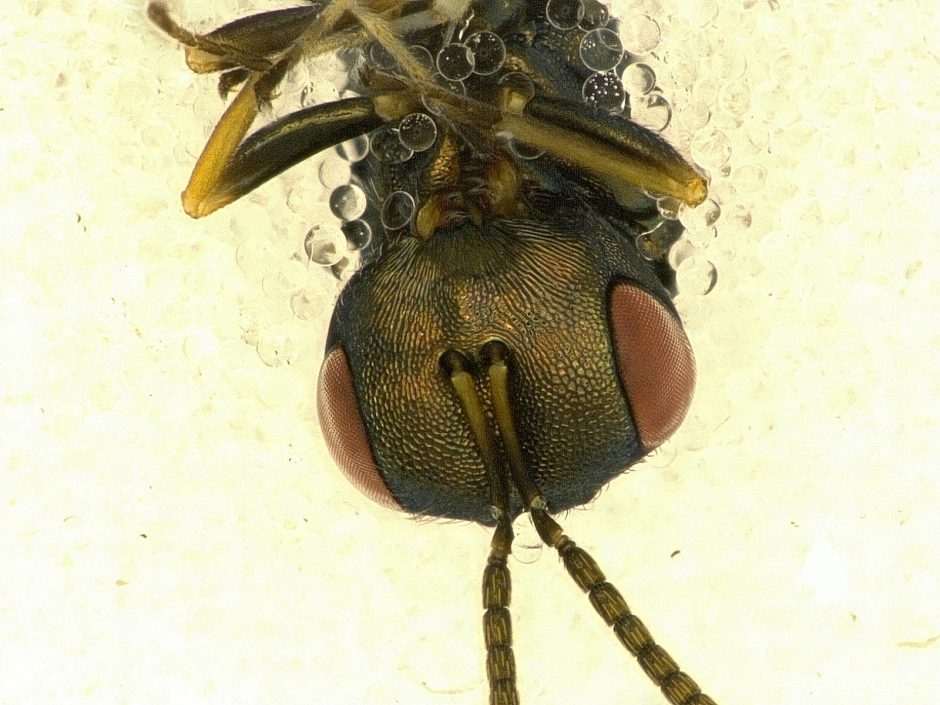Project lead and post author: Jade Sherwood
Anthonomus rubi, known also as the strawberry blossom weevil, is a prevalent pest of plants belonging to the Rosaceae family (Lindblom. 1930; Manole, et al. 2013). Recently detected in North America in 2019, A. rubi poses concern for cultivated strawberries and raspberries grown in invaded regions (Franklin, et al. 2020). In their native territory of Europe, Asia and North Africa, A. rubi has caused over 65% yield losses to strawberry crops (Aasen & Trandem. 2006). Damage is caused by adults of A. rubi who oviposit their eggs into developing flower buds, who in the process sever the peduncle eventually resulting in bud abortion and yield loss (Fountain, et al. 2015; Lekic. 1962).
To help assess what control options are available to reduce the impacts of A. rubi on cultivated and non-cultivated host plants in their newly invaded range, 4 months of surveying was completed in A. rubi’s native range in Europe. Towns and cities totaling 55 in Switzerland and Germany were sampled. From these sample sites 5 host plants were sampled to determine successful development of A. rubi throughout the season on varying hosts. These included, cultivated strawberry, wild rosa, wild rubus, city plots of potentilla and wild geum. A. rubi was seen to develop successfully in all sampled host plants and along with emerged weevils of A. rubi parasitoids were also found to emerge from these host plant buds.
External help from taxonomists was required to help confirm identifications of the emerged individuals. Emerged parasitoids were split into two families, Pteromalidae and Braconidae, prior to further identification which took place at the Natural History Museum in Bern. Here Hannes Baur, who specializes in the identification of Pteromalidae, identified 5 different species of Pteromalidae emerging from sample collections (Figure 1). These species are as follows; Pteromalus varians, Pteromalus semotus, Pteromalus cf.dispar, Pteromalus chrysos, and Spilomalus quadrinota. The Braconidae have yet to be identified by a taxonomist but have recently been sent by mail to Kees van Achterberg in the Netherlands for further review. It is predicted that at least one of these specimens have been recorded in previous literature and may belong to the species Bracon immutator(Vidano et al. 1990). An additional specimen emerged from the Ticino area in Switzerland, where the micro-climate is more closely related to that of the Mediterranean. This specimen was confirmed to be from the family Eupelmidae by Gary Gibson and has been sent to Gary for further identification down to species.
Next steps include sanger sequencing using a non-destructive technique to maintain the exuvium of specimens for pinning at a later date. These sequences will be cross matched with Pteromalidae, Braconidae and Eupelmidae individuals previously sequenced from a worldwide data-base to predict the efficacy of potential similar species found in invaded regions. Two families of parasitoids have been identified in British Columbia, Canada belonging to the families Pteromalidae and Ichneumonidae; these will also be sequenced to further confirm identification of individuals and their potential origin countries.
Additionally, a taxonomic key is being developed in unison with Hannes Baur using the Xper3 program to help with the identification of Pteromalidae specimens. This will be published for use and have public access for those who wish to use it in the near future. A similar one for the Braconidae and Eupelmalidae may also be formatted (time permitting).



To cite: Sherwood, J. (Year, Month Date). Anthonomus rubi and associated parasitoids. Carrillo Lab website. https://piee-lab.landfood.ubc.ca/research/anthonomus-rubi-and-associated-parasitoids/